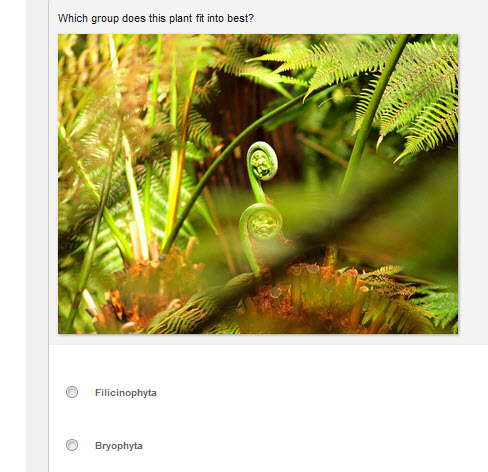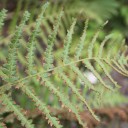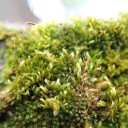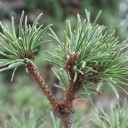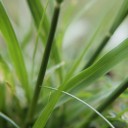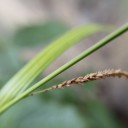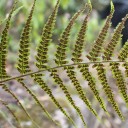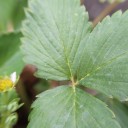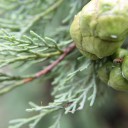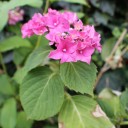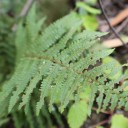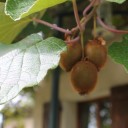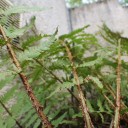Classification of Plants
Details of the structures common to plants in the main plant groups.
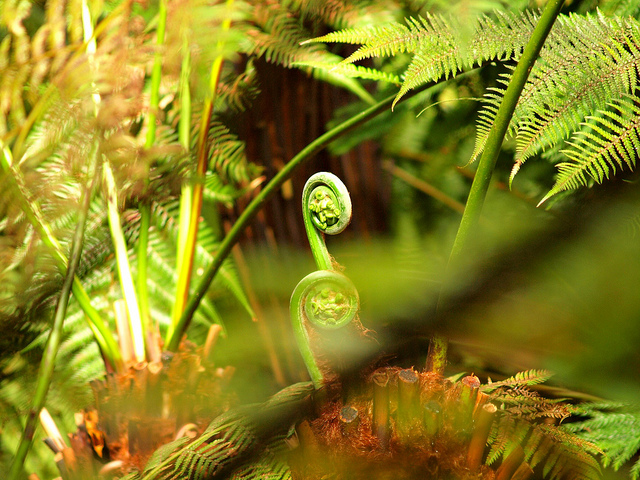 Starting with some self study activities students begin to learn the names and features of the four plant phyla required for IB. Then, using a dichotomous key students search for examples of each phyla in simple fieldwork or a lab activity. These is also a structured notes sheet showing all the classification groups in the new IB guide.
Starting with some self study activities students begin to learn the names and features of the four plant phyla required for IB. Then, using a dichotomous key students search for examples of each phyla in simple fieldwork or a lab activity. These is also a structured notes sheet showing all the classification groups in the new IB guide.
There is a gallery of images to help teachers and students in case the season doesn't lend itself to going outside.
Lesson Description
Guiding Questions
How do biologists identify the main groups of plants?
What are the five main groups of plants?
Activity 1 - Getting to know the phyla of plants
Use the following Quizlet cards to identify the main features of the plant classification groups.
Record the details in the worksheet ![]() Plant Phyla ID grid then test yourself using the online quiz.
Plant Phyla ID grid then test yourself using the online quiz.
Activity 2: Self marking quiz to identify plants from each main phylum
Answer the following questions in the Plant classification quiz to see how good your memory of the plant phyla is.
Try the quiz again if you didn't score a very high mark.
Activity 3: Experiment to Identify the phyla of plants in the school grounds
Carry out the experiment on the worksheet ![]() Identification of plant phyla - fieldwork below.
Identification of plant phyla - fieldwork below.
This is a gallery of additional images of plants from all the plant phyla which could be useful if there is no opportunity for field work or there are no specimens of plants available from each phyla.
(Click an image to open the viewer & navigate using arrow keys.)
Teachers notes
This is a good lesson to try 'flipping the classroom'. Students can easily complete the first two activities before the lesson.
One way to run activity 3 could be as a scavenger hunt around the school grounds. Students work in groups and try to collect a small sample of plants in the school grounds. The group which collects the most complete sets (one plant from each phylum) of correctly labelled plants win.
An alternative would be to collect samples of plants from each group and get students to use the dichotomous key to put them into groups. This could be made more or less difficult depending on the specimens collected.
The first question about waxy leaves is quite tricky for some flowering plants, as the leaves look mat, and not very shiny.
Students may wish to use binocular microscopes or even to cut transverse sections of leaves which they mount on microscope slides to help identify this top layer.
Beware, there are angiospermophyta with rolled or reduced leaves which look like needles (e.g. some grasses, or lavender)
There are, in fact many species which would not be easy to classify with the dichotomous key in the worksheet.
The aim of this dichotomous key is to illustrate how these work as identification keys. Students who find that this one is flawed could be invited to create a better key of the four phyla. Creating a dichotomous key is one of the requirements of the IB guide.
One last point. In these activities I have the monocotyledons and the dicotyledons within the angiospermophyta phylum. It is better to do this or the descriptions of the phyla become quite complex, as there are quite big differences between the leaf structures of these two classes even though their flower structure and vascular system is very similar. Monocotyledons have parallel veins.
Model answers here:

 IB Docs (2) Team
IB Docs (2) Team

